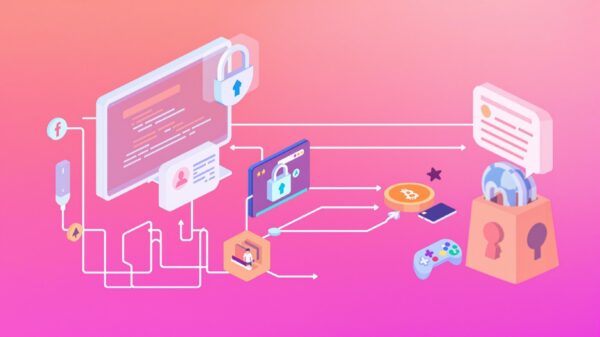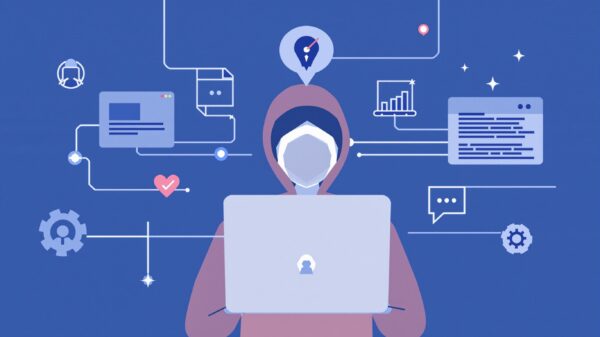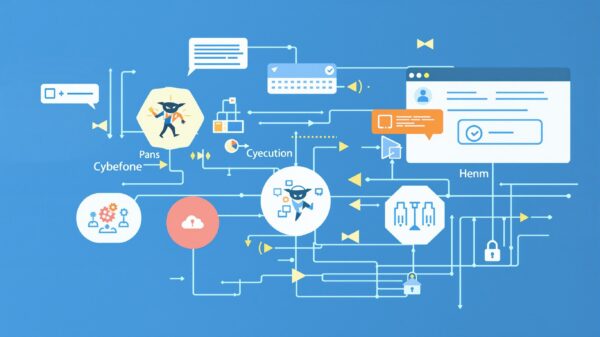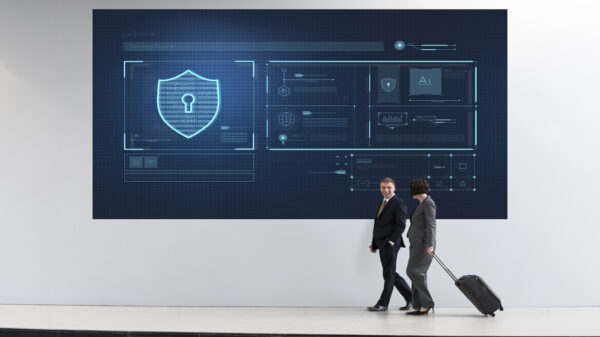Cybercriminals are targeting small businesses more and more, knowing they don’t have the resources or protection of bigger companies. For small businesses this is a big and growing risk. Many small business owners think they are safe from cyber attacks, that attackers would go after the big companies. But this is exactly what puts them in danger. Cybercriminals know small businesses are unprepared and therefore easier to breach. Below we will explain why small businesses are more vulnerable and share some recent examples of attacks that prove this trend.
Why Small Businesses Are More Vulnerable
Small businesses have unique cybersecurity challenges due to limited resources. They don’t have dedicated IT teams or big budgets for cybersecurity tools like bigger companies. They rely on basic protection that leaves them open to sophisticated threats. This limited investment in security infrastructure makes them a target.
Another factor is general lack of cybersecurity awareness. Small business owners think their size protects them from attacks but cybercriminals see them as low hanging fruit. As a result small businesses run with outdated software and no strong security protocols like regular password updates and multi-factor authentication. This gap in security knowledge and protection is an open door for attackers.
Real-World Examples of Small Businesses Being Breached
Small businesses in various industries have been targeted by cybercriminals and suffered significant financial and operational impact. Here are some examples:
Healthcare Sector: In 2024 UnitedHealth Group was hit by a massive ransomware attack and 100 million individuals’ private data was compromised. The breach happened because of stolen credentials and no multi-factor authentication on a Citrix remote access service. The company paid $22 million to the attackers.
Retail Sector: A Sydney based cybersecurity company, ViCyber, found that the average cost of a cyber attack on Australian small businesses is $50,000 per incident. Many of these businesses, including essential service providers like pharmacies and accounting firms, are running outdated and vulnerable systems like Windows 7. Australian government research found that half of these businesses are using DIY cybersecurity solutions and spending less than $500 a year.
Supply Chain Attacks: In 2024 the Dispossessor ransomware gang targeted various industries including healthcare and transport by exploiting vulnerable systems through weak passwords and no two-factor authentication. Authorities found 43 victims in countries including Argentina, Australia, Brazil, Canada, Germany, India and the UK.
These examples show why small businesses need to invest in proper cybersecurity to protect themselves and their customers.
How Cybercriminals Target Small Businesses
Cybercriminals use methods like phishing and social engineering because they know employees at small businesses may not be as aware of suspicious activity. Through clever emails or phone calls they can trick employees into giving up sensitive info or access.
Ransomware attacks are another favorite. Cybercriminals know downtime can kill small businesses so they’re more likely to pay ransoms quickly to get up and running again. Finally, supply chain attacks are becoming more common as attackers use small, poorly protected vendors as entry points into larger networks and cause chaos.

How Small Businesses Can Protect Themselves
While cybersecurity can be overwhelming, small businesses can take simple steps to improve their security. First, investing in basic security tools like firewalls, antivirus software and regular data backups goes a long way. Employee training is just as important; teaching staff how to spot phishing emails and understand good practices can prevent many attacks.
Multi-factor authentication (MFA) is a simple but powerful tool. Enabling MFA on all business accounts adds an extra layer of security so even if an attacker has a password, they can’t get in.
Bottom Line
Small businesses may be small to some but to cybercriminals they’re a big and easy target. Knowing that is the first step to taking cybersecurity seriously. By investing in basic protections, training employees and MFA small businesses can defend themselves and their reputation.






















